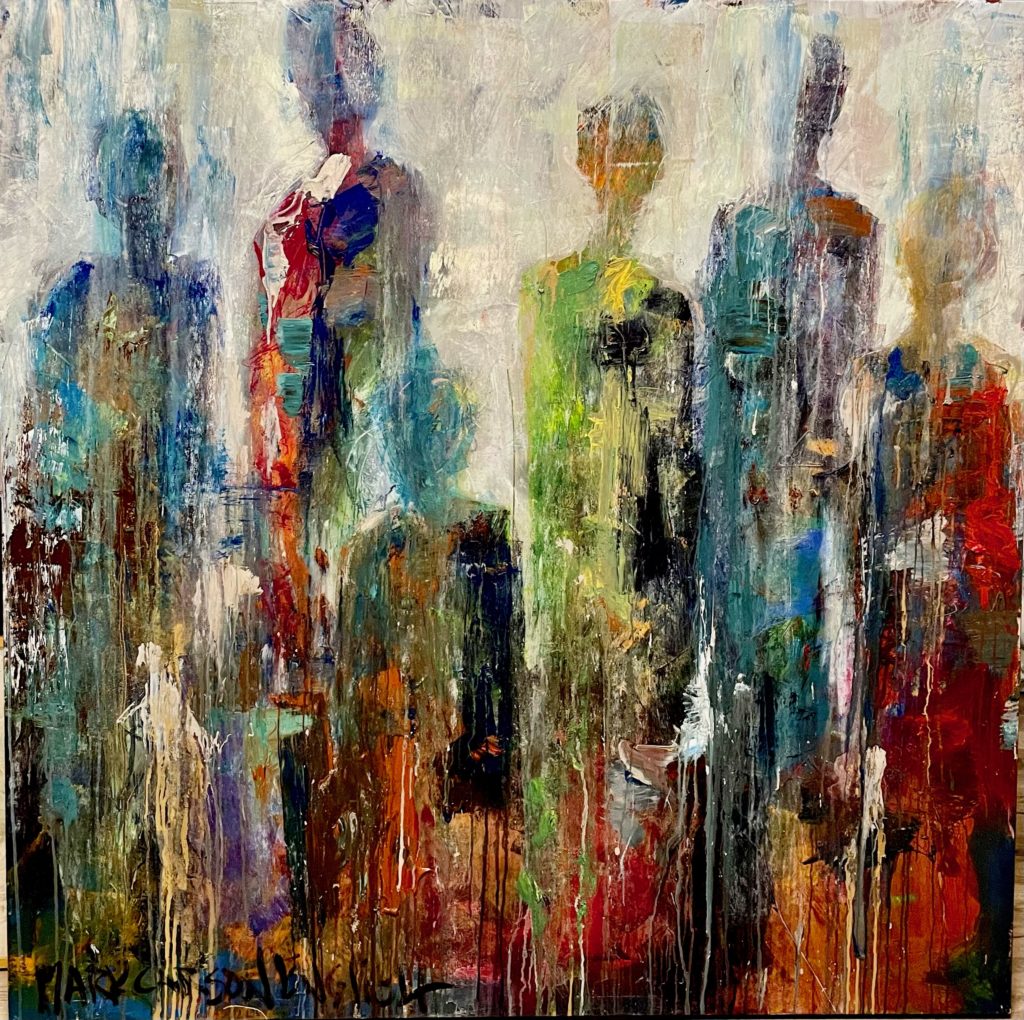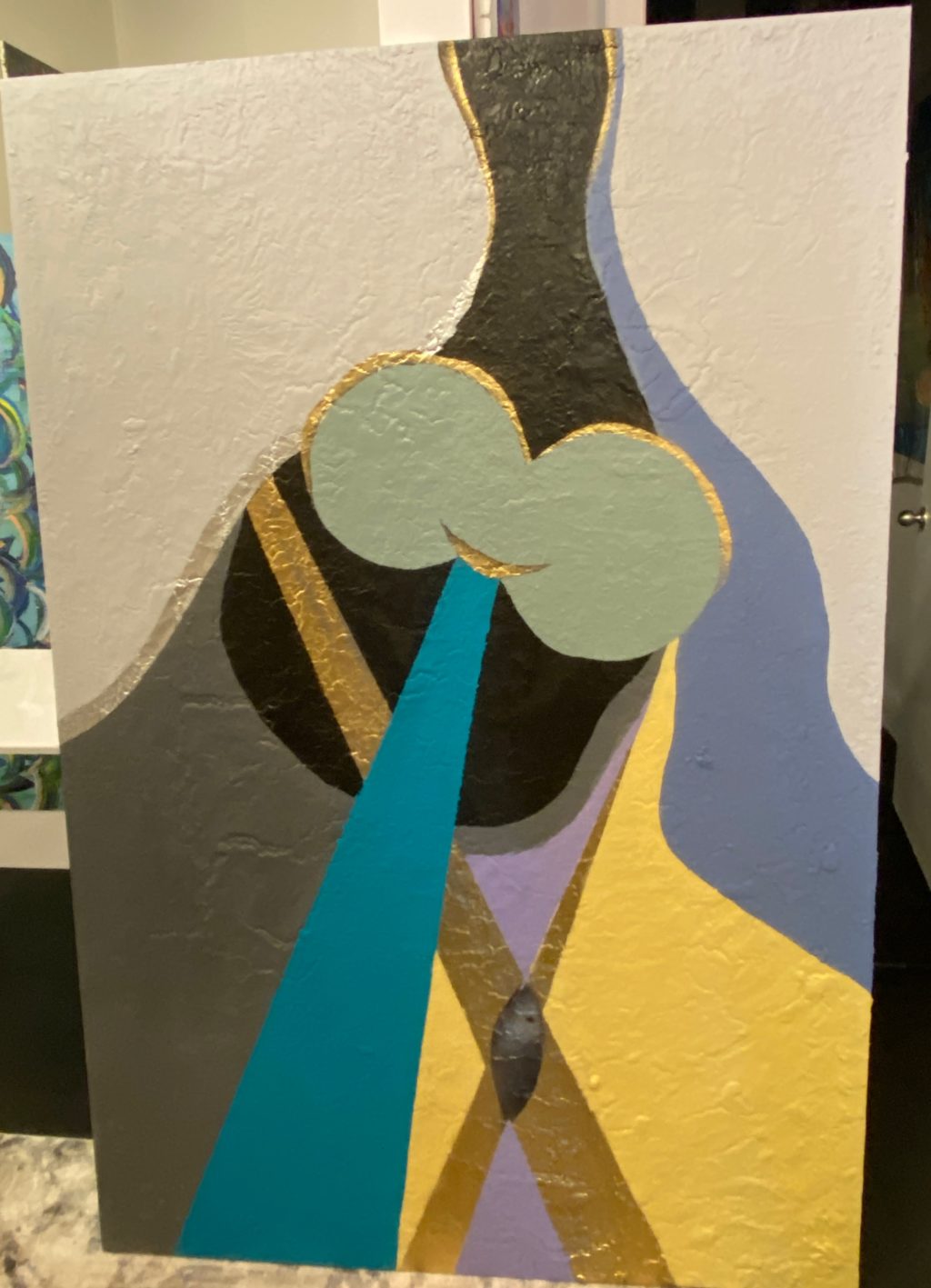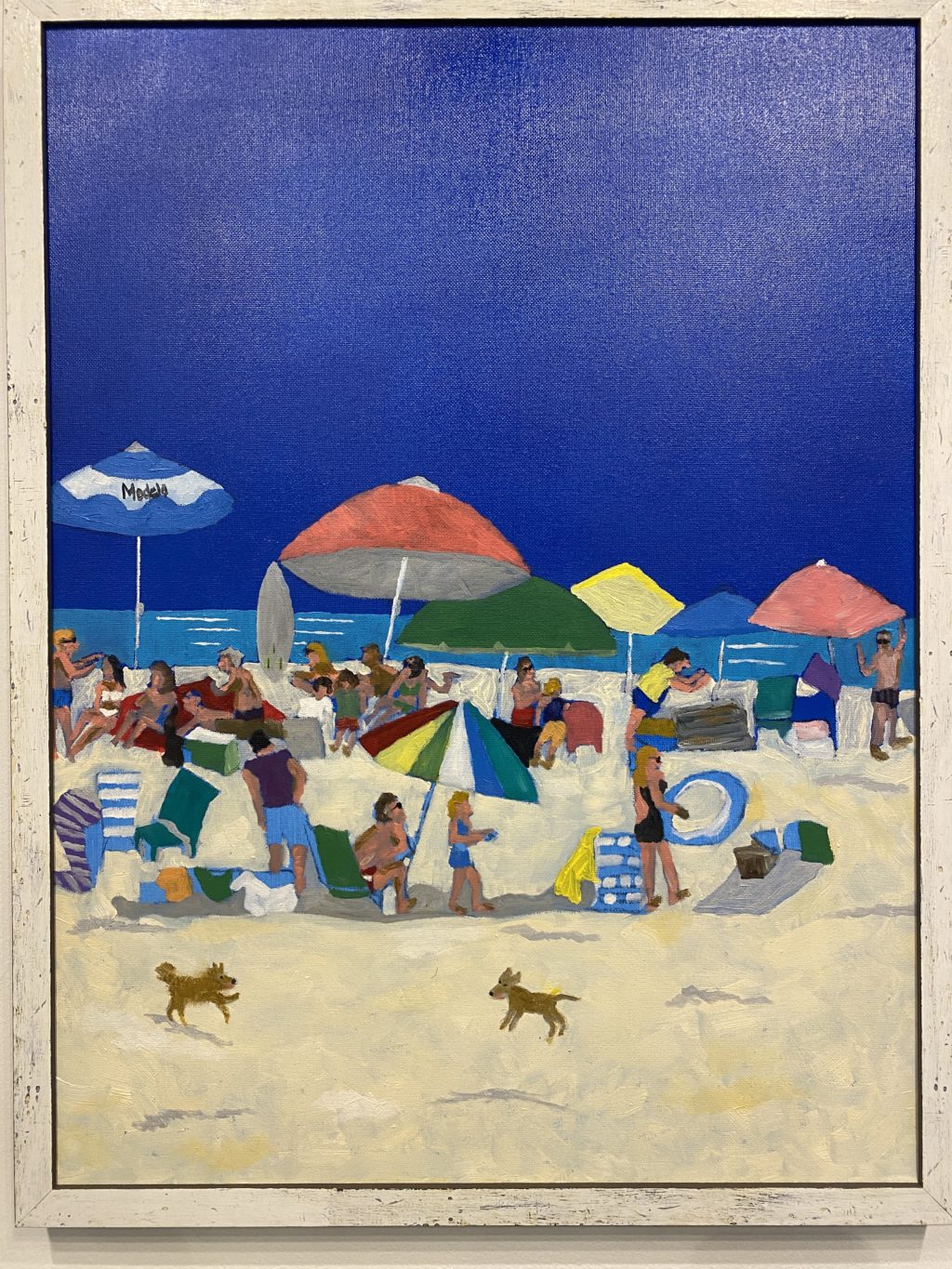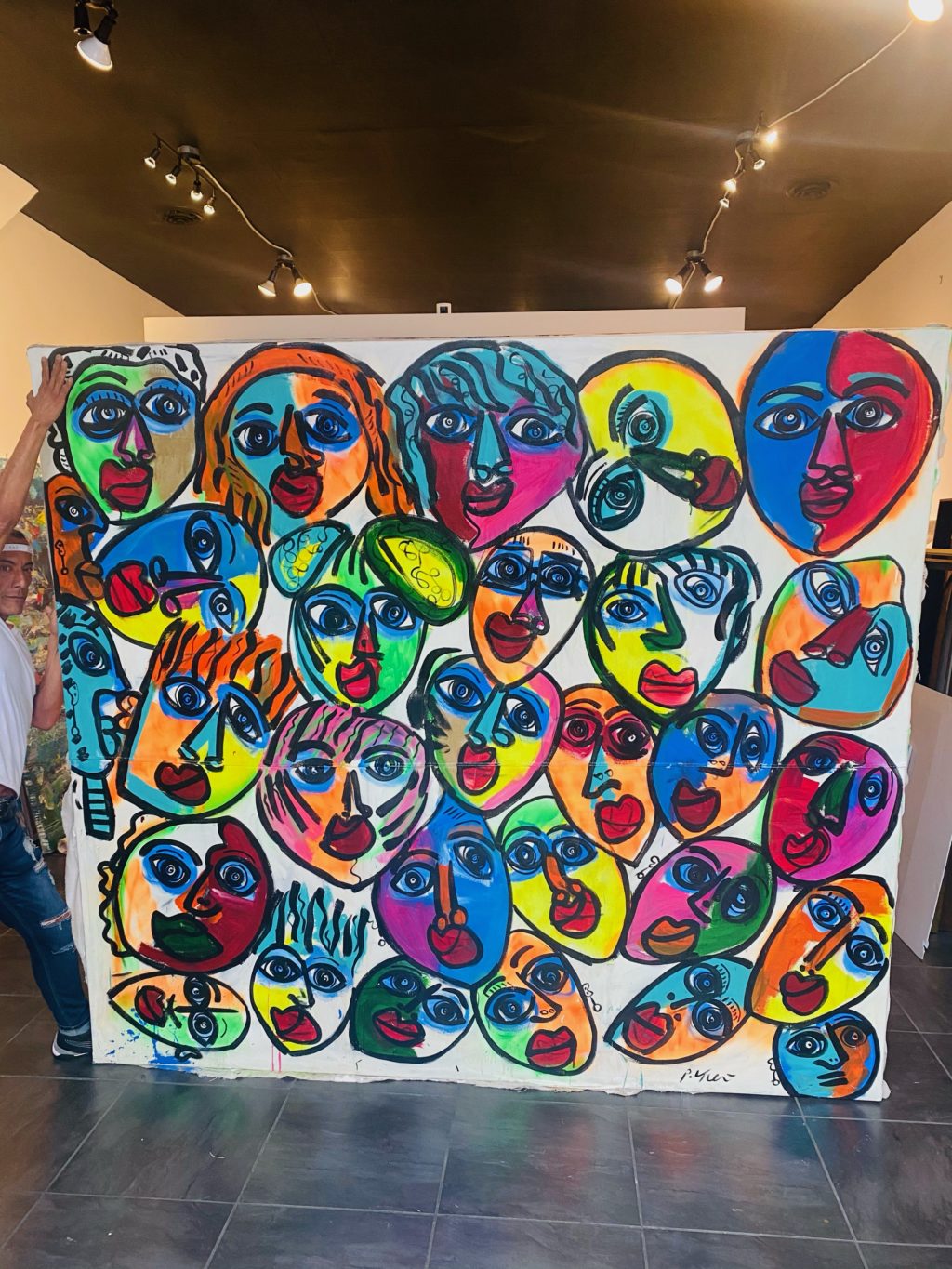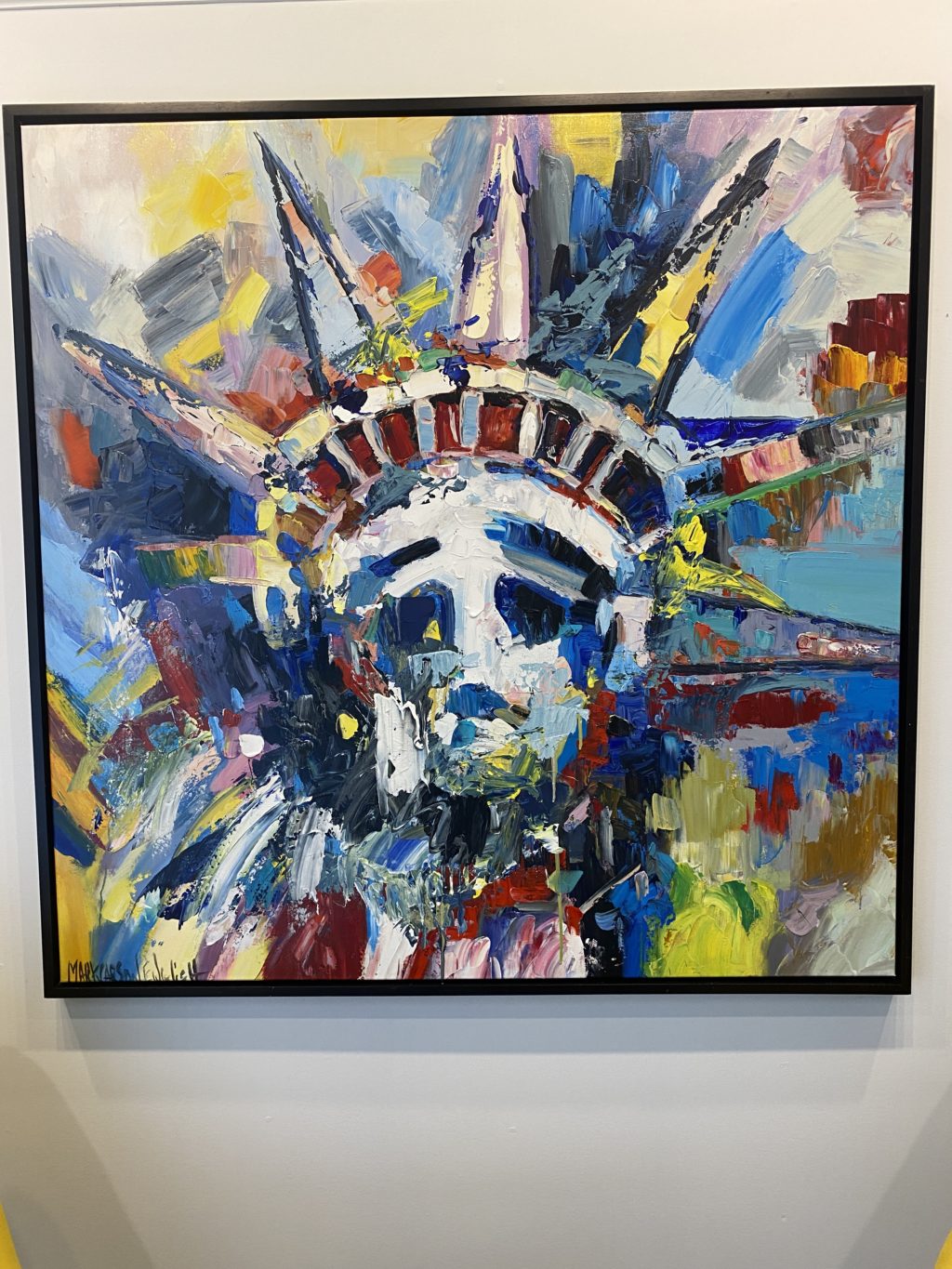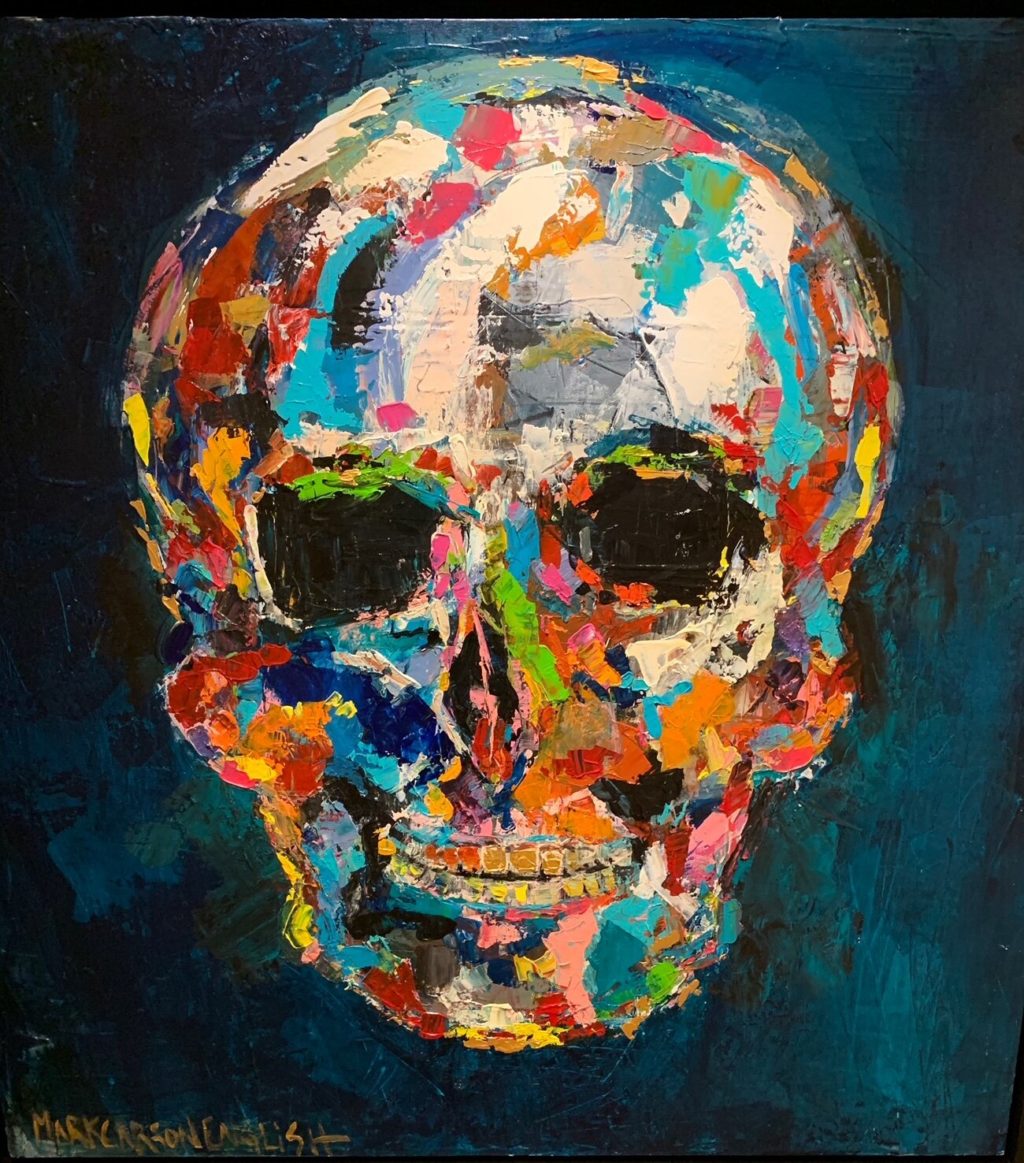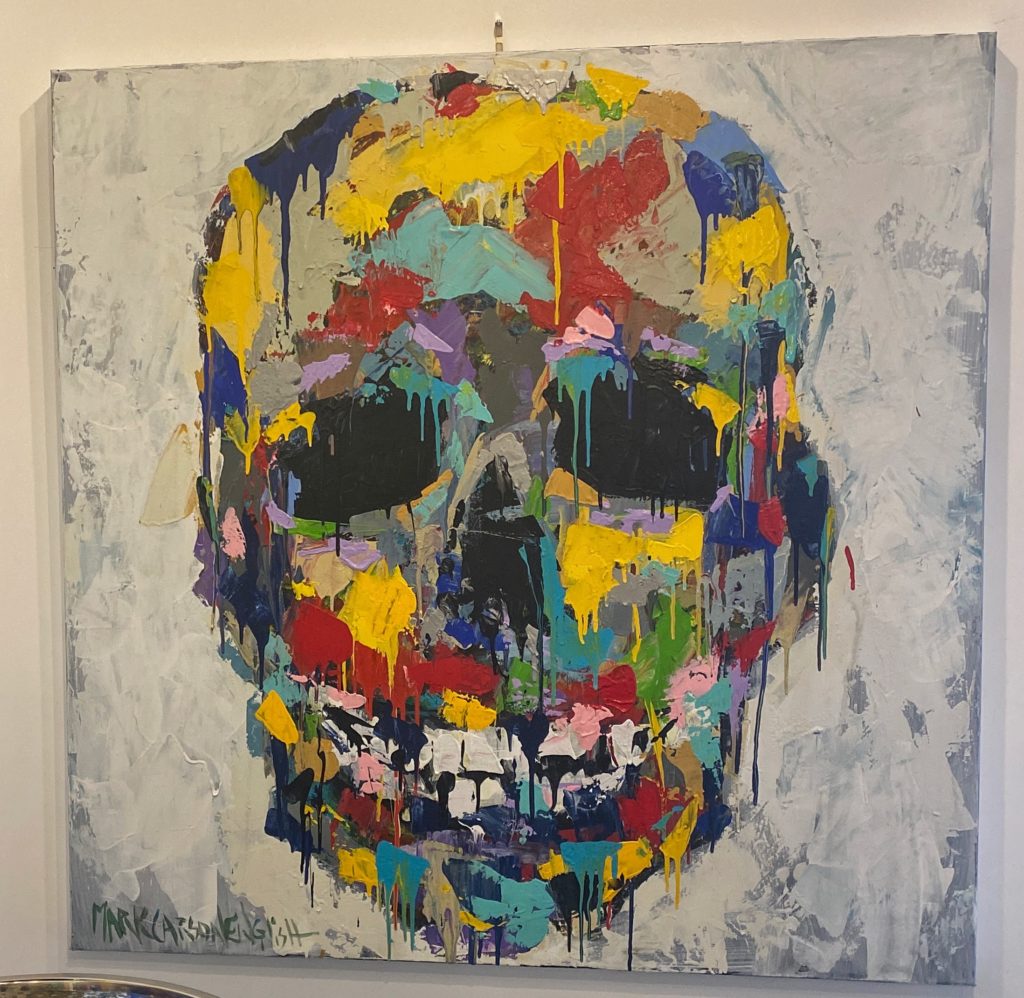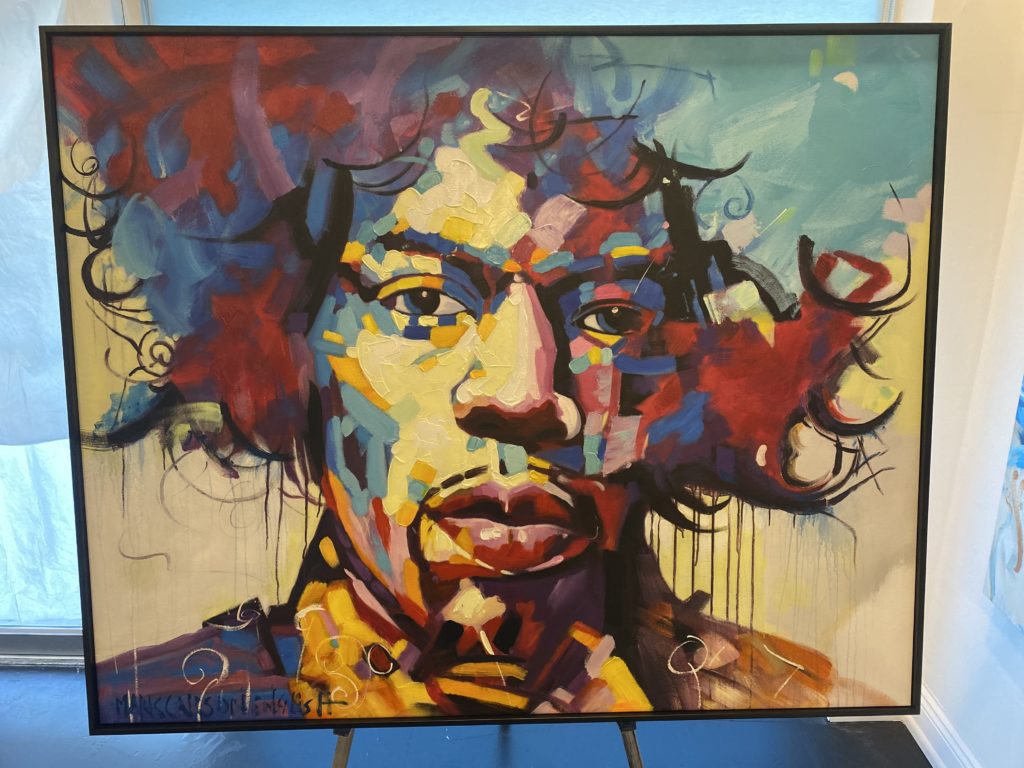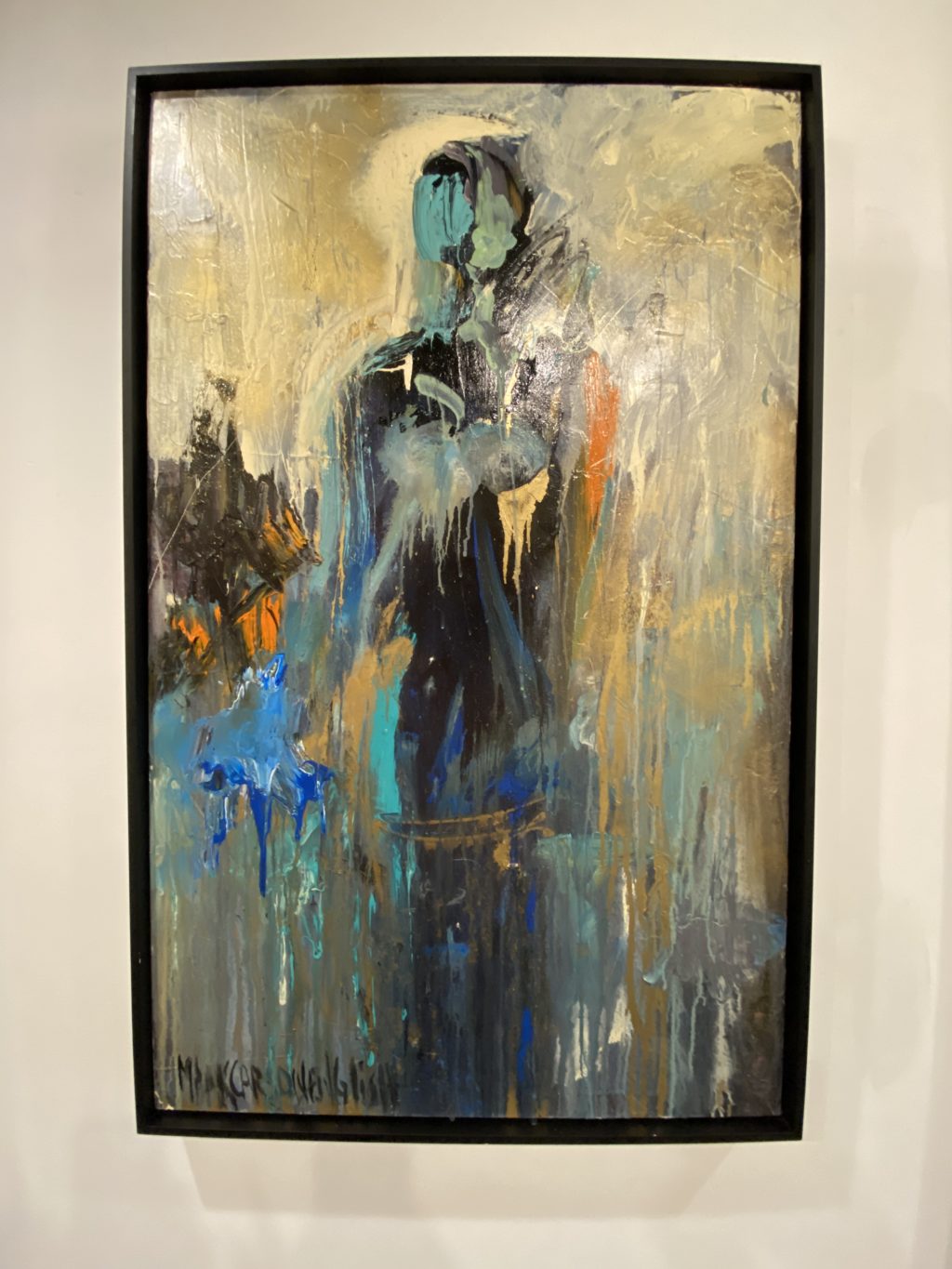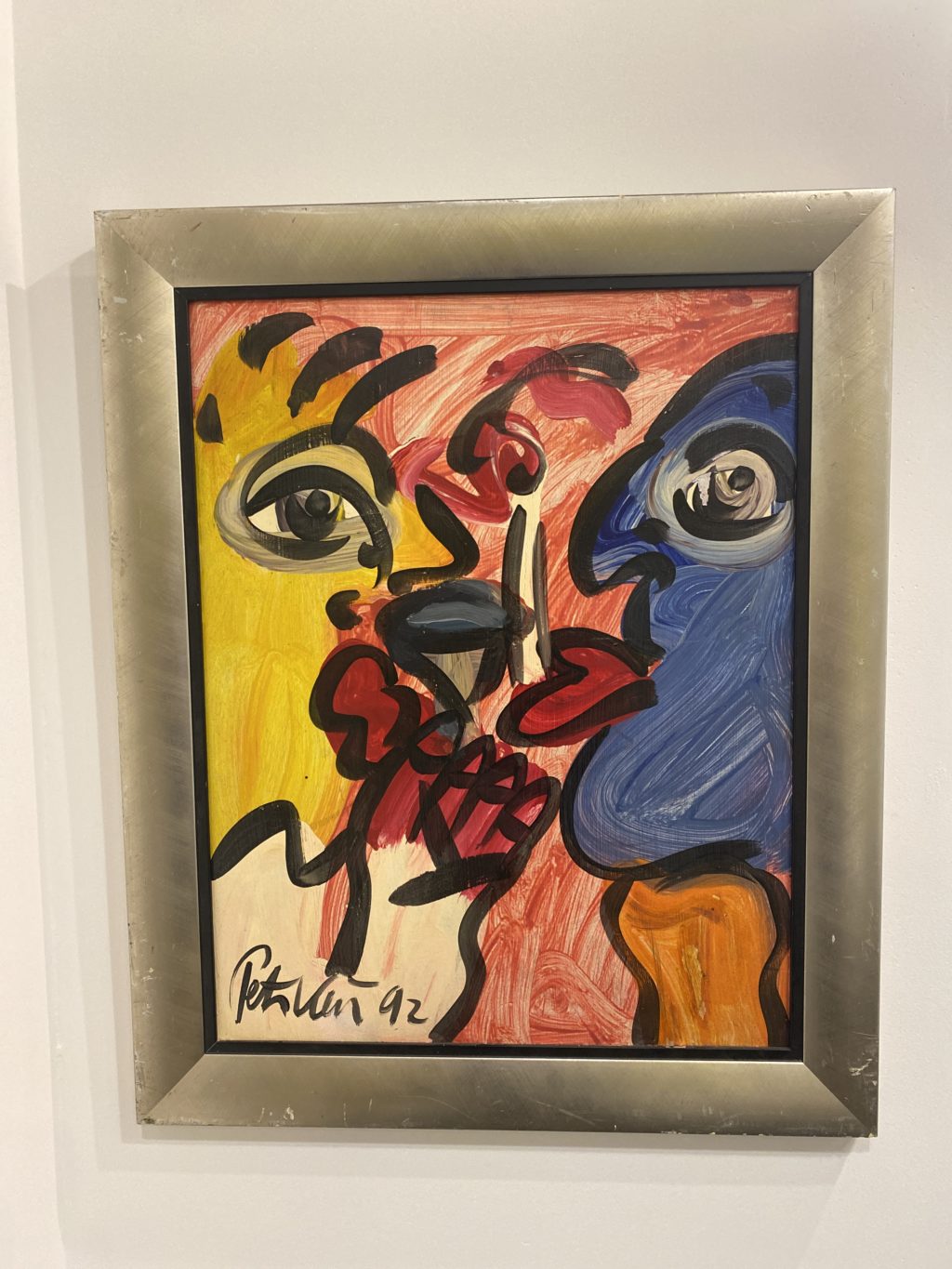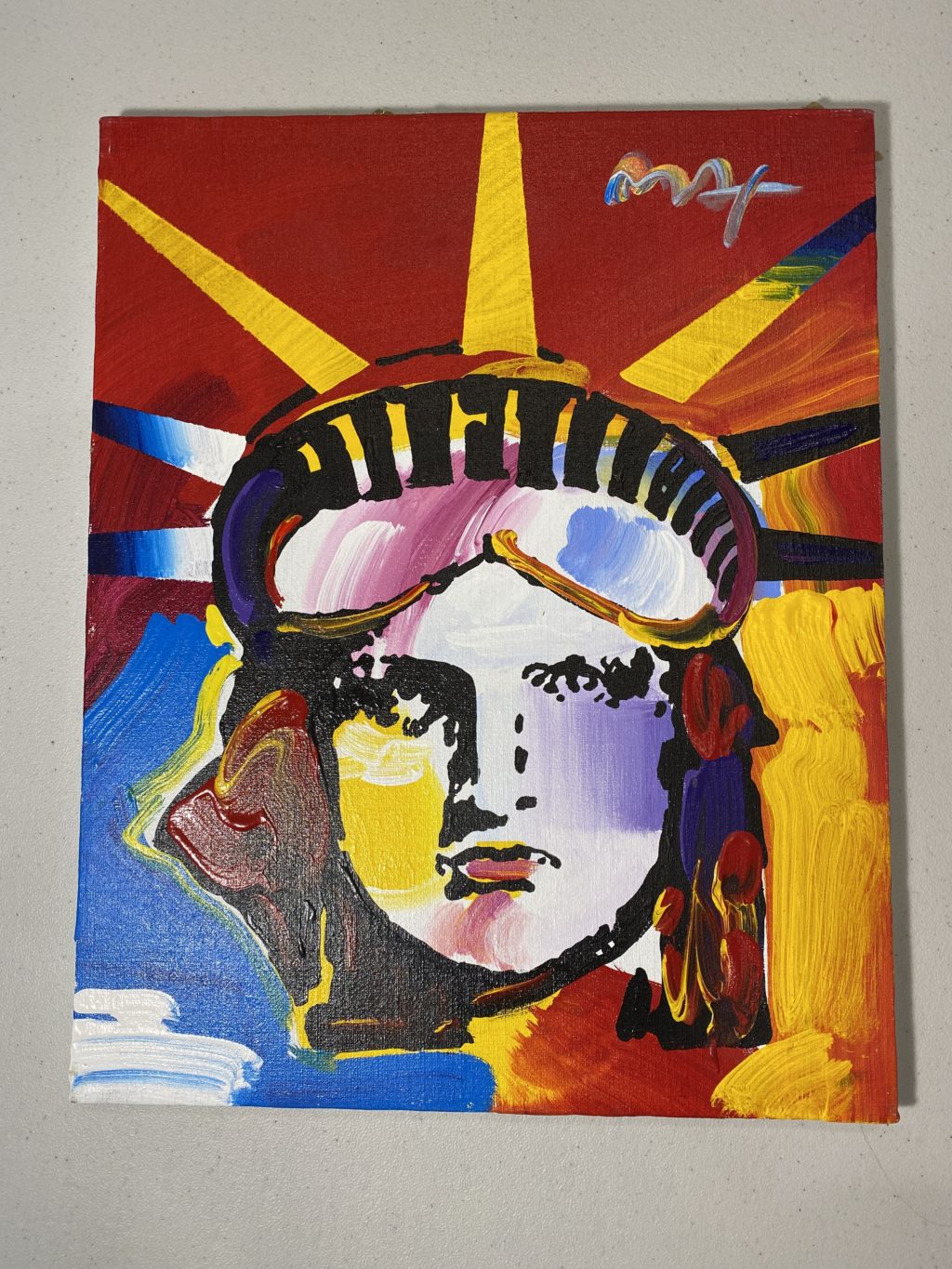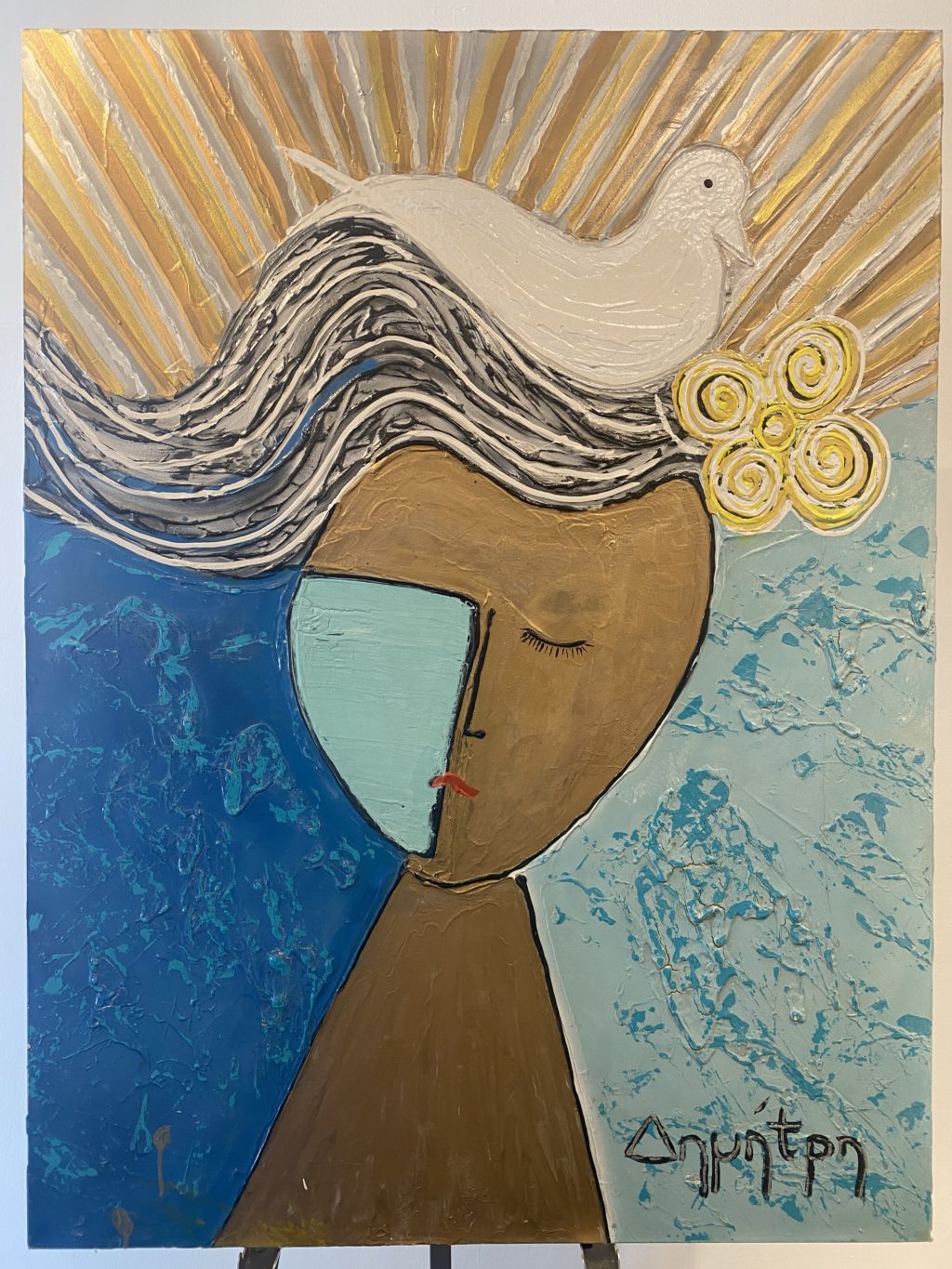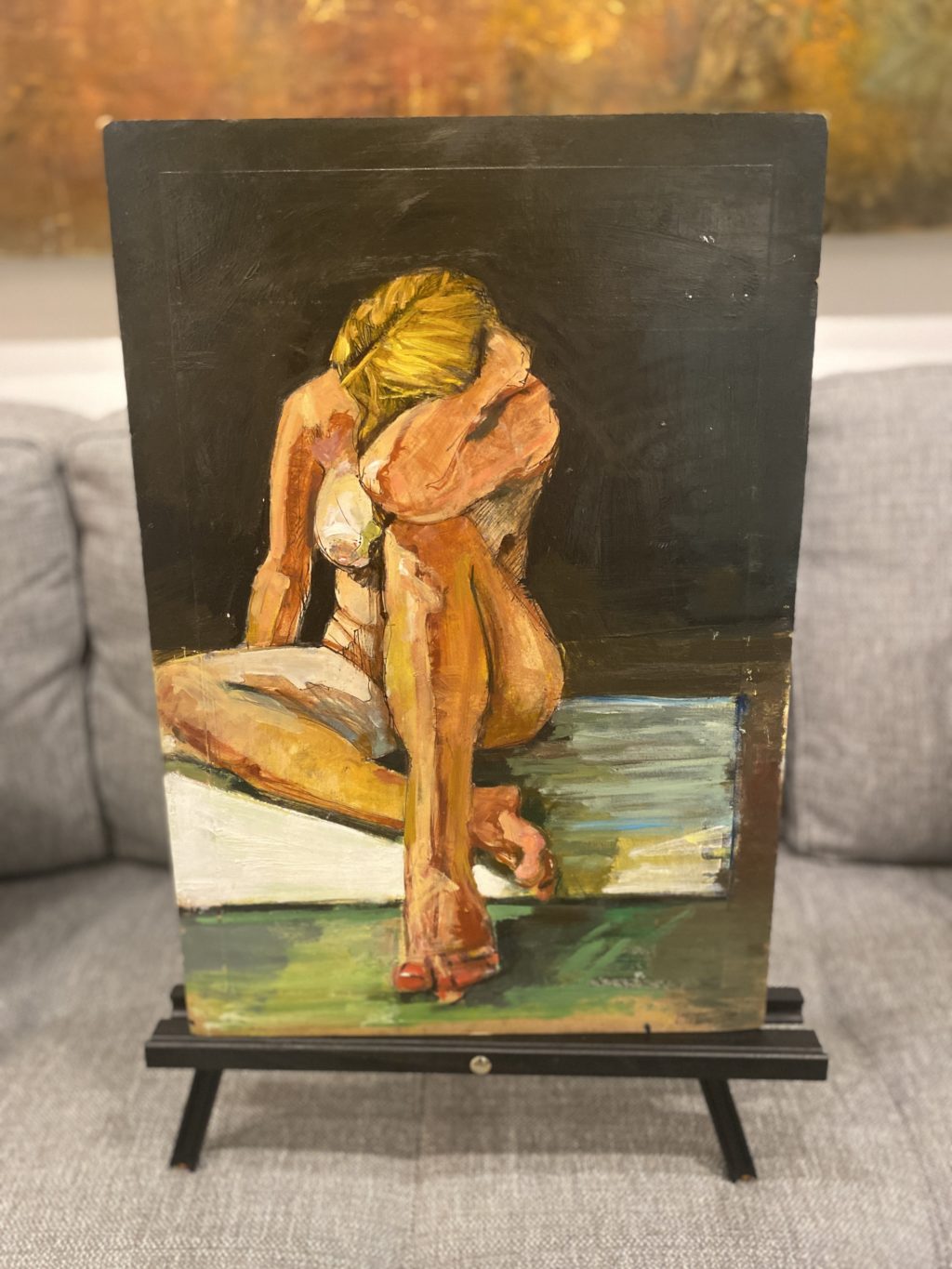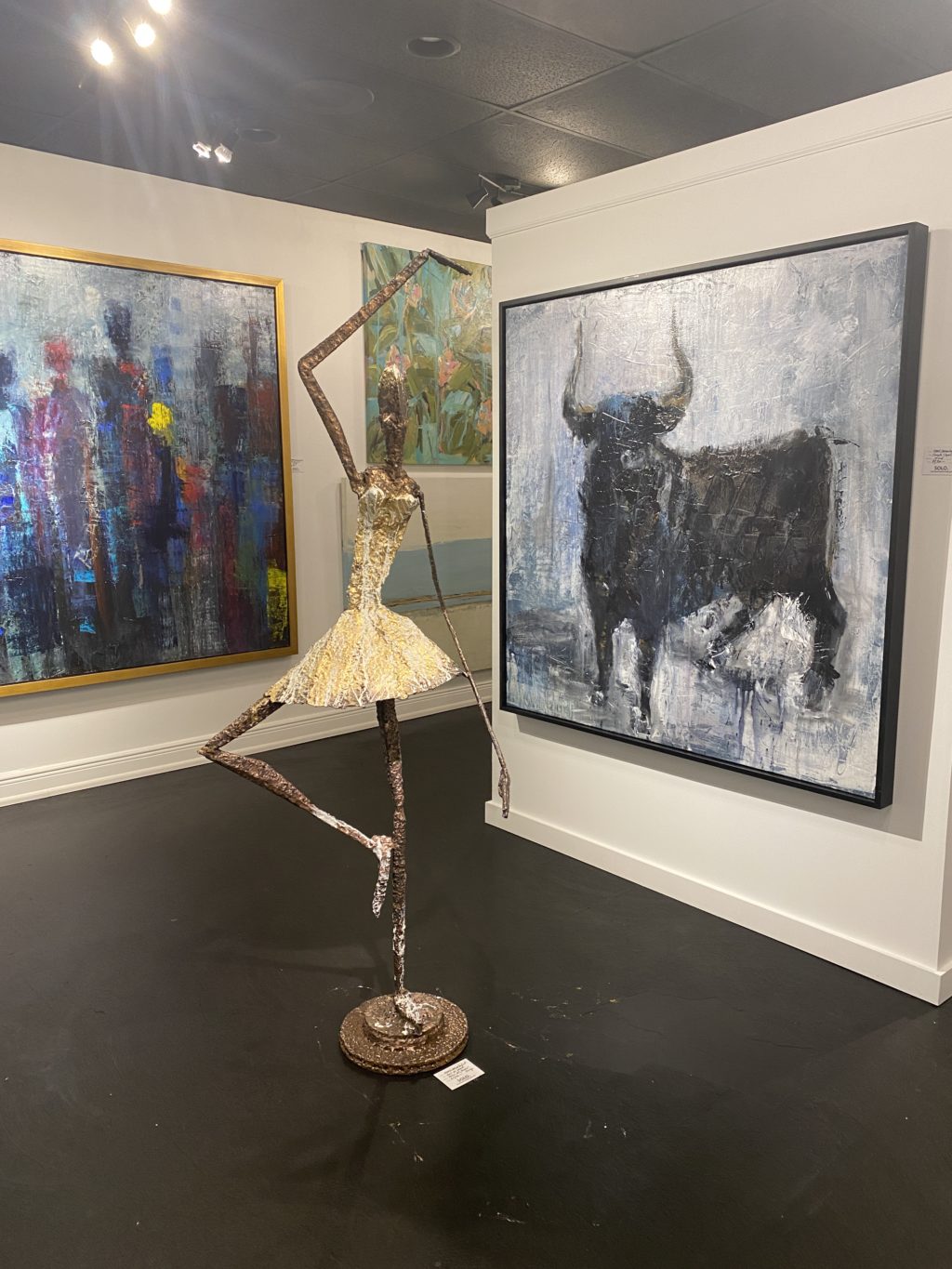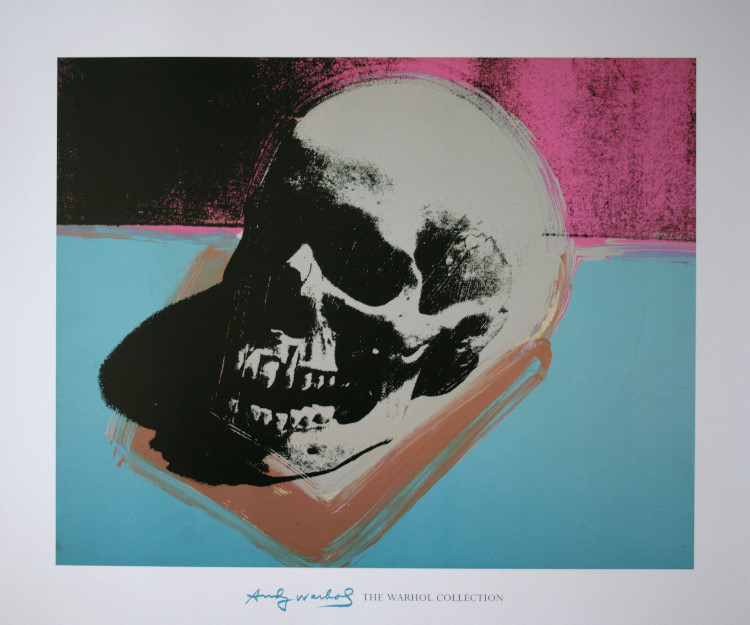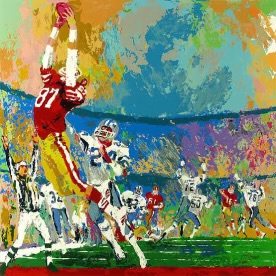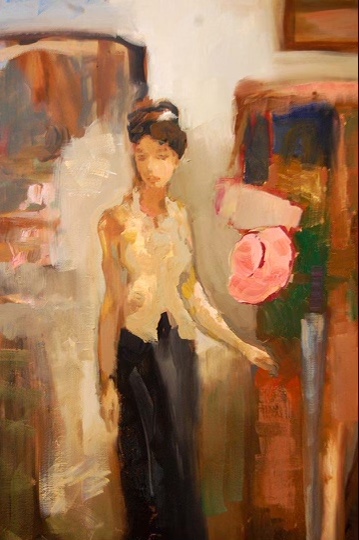Figuratives
Abstract Figurative Paintings / Artwork
The confluence of Figurativism and abstraction has been widely debated, as the two were traditionally considered as two opposite poles on a continuum. However, the contemporary understanding of figurative art is much broader than simply realistic, representative art, leaving more room for viewing this form of art through an abstract lens.
Figurative art became popularized during the Renaissance period, particularly focusing on pieces which were inspired by the fluidity and movement of the human form. This gave rise to the sculptural wonders and masterpiece portraits which are associated with that era. Figurative painting encompasses a variety of different styles and media, including sculpture, painting, landscapes, portraits, still life and others. But the more abstract of these pieces typically take inspiration from the form and recognizable attributes of realistic subjects, and portray them in an often surrealistic or altered reality – almost as if they have been translated into an abstract canvas.
Some of the most recognizable art in the world, the works of legendary artist Pablo Picasso, are an ideal candidate for describing the interplay between abstraction and figurativism. Picasso’s depictions of human faces and figures, although undoubtedly warped and interpretative, are useful in helping us understand that figurative abstracts are a genre in their own respect.
